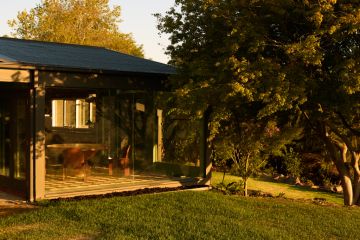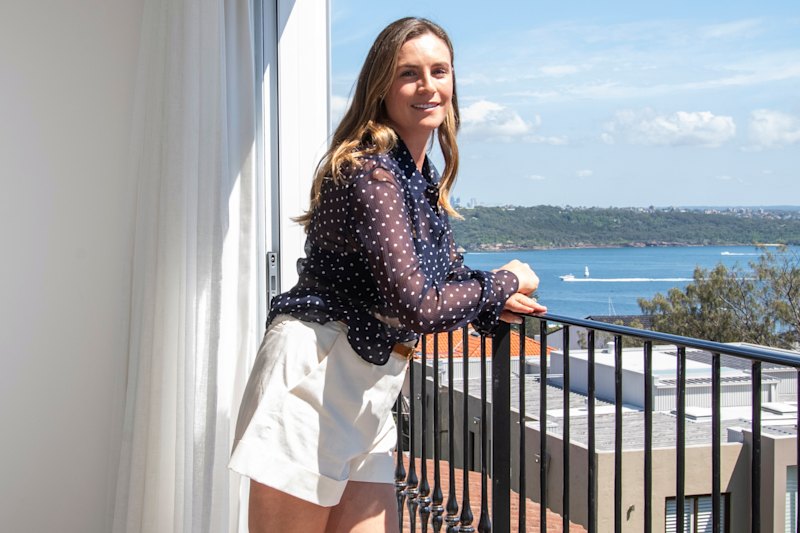'Old bits and new bits': A piece of Sydney history polished and revived
After the sale of former government-owned properties in Australia’s largest heritage neighbourhood, Miller’s Point, many gems of our deep built history have been polished and revived as new homes or adapted as office space.
In Lower Fort Street, a four-level Georgian gentleman’s residence, one of a pair built between 1841-43, is again the home of a gentleman.
When his client bought it in 2012, heritage architect Peter Phillips says the former boarding house had, among other problems, a leaking roof.
It was, he says, “typical of these buildings: Queen Anne at the front, Mary Anne at the back”.
It had lost its stables along the way and had a few bodgie 20th century intrusions added, including a nasty link between the sandstone front and the weatherboard rear servants’ wing.
Yet this wonderful piece of early Sydney history hadn’t been as bastardised as some of the Miller’s Point houses, which had been divided into flats.
Relying on some “brilliant craftspeople”, led by Francois Crespel, a builder and artisan plasterer, the Orwell and Peter Phillips principal started with the less onerous restorations, including freeing the cedar doors and architraves from paint and varnish and fixing the stair bannister and plaster surfaces, before giving the house modern amenity by making two rear bedrooms on different floors into bathrooms.
- Related: The whirlwind renovation of an interior designer’s home
- Related: The features of a great building
- Related: The home remodelled twice by the same design team
Because the ethos of heritage architecture is to touch lightly, and because he wanted whatever he was changing to be able to be easily dismantled if necessary “50 years in the future”, Phillips put plumbing and wiring services underneath raised floors, or off the walls and into cupboard-like elements.
In the bathroom, which kept its chimney breast and scored a freestanding claw-foot bath, he put a modern shower stall into what appears to be a period closet.
With “the straightforward things that didn’t take too much too-ing and fro-ing” sorted, the fun part was ready to be tackled.
The narrow aerial “link” that had connected the main house to the two-level rear amenities had to be replaced.
But in the two-metre wide chasm between walls there wasn’t scope to build and clad on site a new pod to contain a bathroom and attach to it an oddly angled “bridge” to connect two disparately placed doorways.
The solution was to prefabricate the steel bones of 2.5 by 1.5 metre octagonal form – “the Tardis” – and crane it into the gap, with millimetres to spare. “It was pretty tricky,” Phillips recalls.
Now sitting like a ship’s prow on the first level and with a glass bridge that allows light to penetrate to ground level, the marvellously inventive bathroom has been copper clad and lined.
A glass floor has been inscribed with copperplate-style writing, relating the story of the house.
Pleasing for Phillips is not only a commendation in the recent NSW AIA awards, but an outcome that is so stylistically sonorous.
“The wonderful old bits and my little, new bit, all working together,” he says.
That’s the essential task of heritage architecture, Phillips explains – working “with an eye on the past and an eye on the future”.
We recommend
States
Capital Cities
Capital Cities - Rentals
Popular Areas
Allhomes
More






